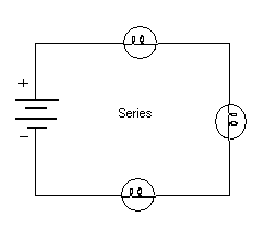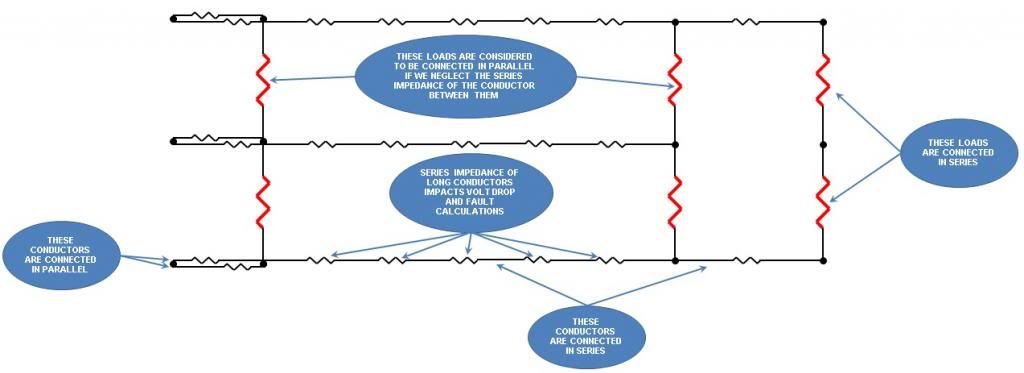If a source is connected to a load with a hot and neutral wire, this circuit has two nodes.
If you decide the 0.2 ohm resistance in each wire is significant to the circuit operation then you have four nodes.
If you take into account contact resistance at each connection you have even more nodes.
If you decide the 0.2 ohm resistance in each wire is significant to the circuit operation then you have four nodes.
If you take into account contact resistance at each connection you have even more nodes.




